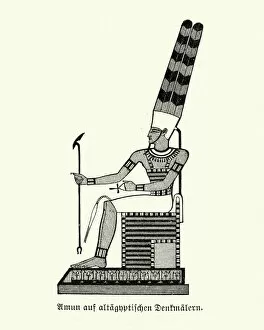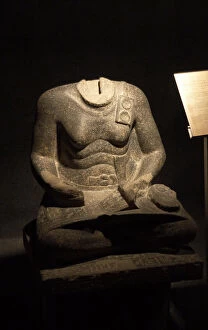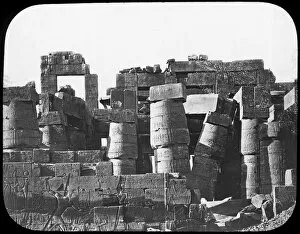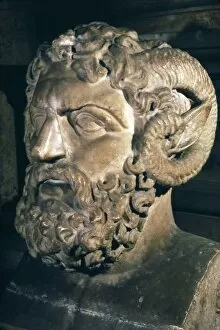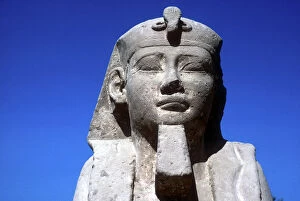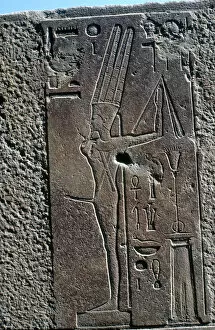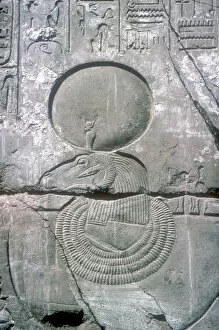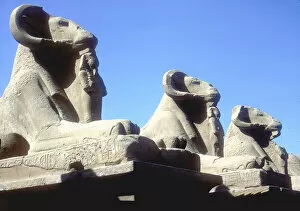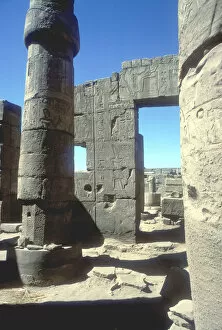Amun Collection (page 2)
"Unveiling the Mysteries of Amun: Exploring Ancient Egypt's Most Revered Deity" Step into the world of ancient Egypt and discover the captivating realm of Amun
All Professionally Made to Order for Quick Shipping
"Unveiling the Mysteries of Amun: Exploring Ancient Egypt's Most Revered Deity" Step into the world of ancient Egypt and discover the captivating realm of Amun, one of the most powerful gods in Egyptian mythology. From the sacred halls of Karnak Temple Complex to the enchanting Temple of Khonsu, this divine journey will leave you spellbound. Inscribed within the pages of the Book of the Dead, Amun's name echoes through time as a symbol of life and rebirth. As you wander through Karnak Temple Complex, marvel at its majestic Great Pillars and immerse yourself in its awe-inspiring Hypostyle Hall – a testament to Amun's grandeur. Venture further into Luxor, where Karnak Temple stands proudly alongside its Sacred Lake. Here, devotees once gathered to pay homage to their beloved deity and seek his blessings for prosperity and protection. Amidst these hallowed grounds lies an intriguing relief depicting Alexander the Great receiving Amun-Ra's divine blessing. This temple dedicated to Amun Mut & Khons witnessed countless rituals performed by pharaohs seeking guidance from their celestial patron. As you stroll along the Avenue of Sphinxes that stretches across this mystical land, let your imagination transport you back in time when Africa's sun bathed these magnificent structures with golden rays. The allure continues with artifacts like The Great Harris Papyrus – a priceless treasure from Thebes that reveals insights into religious practices during Ramesses IV’s reign. And not far away rests Alexander Sarcophagus, an exquisite masterpiece crafted centuries ago in honor of this legendary conqueror. Finally, stand before another mesmerizing relief capturing Alexander himself humbly bowing before Amun-Ra. In this sacred space where divinity meets mortal existence, witness how faith transcends boundaries and connects humanity throughout history. Join us on this extraordinary expedition through ancient Egypt as we unravel secrets hidden within the temples, monuments, and artifacts dedicated to Amun.


